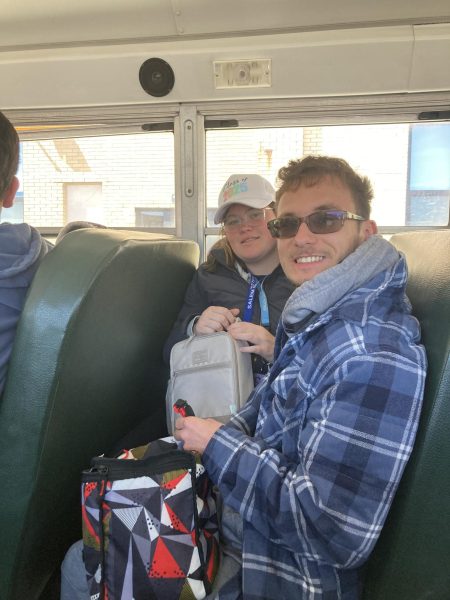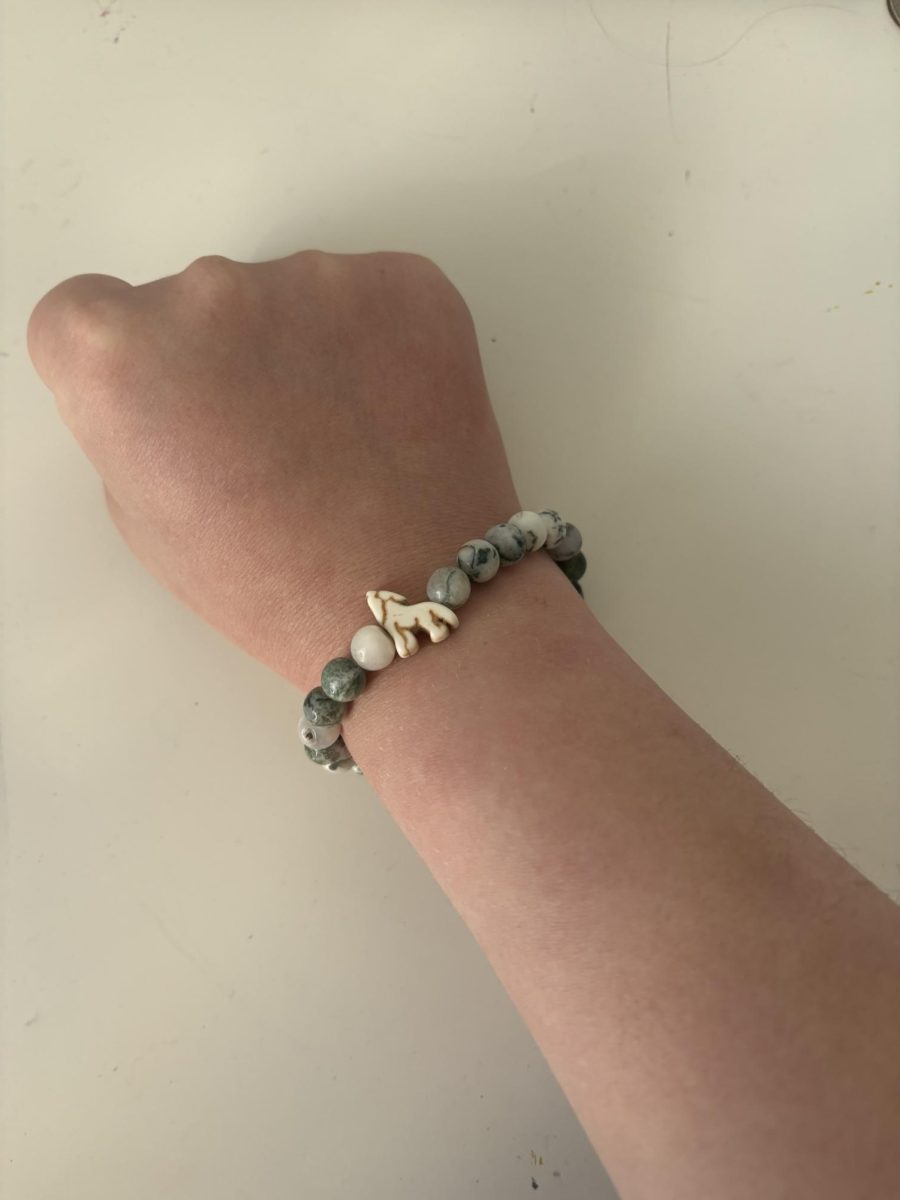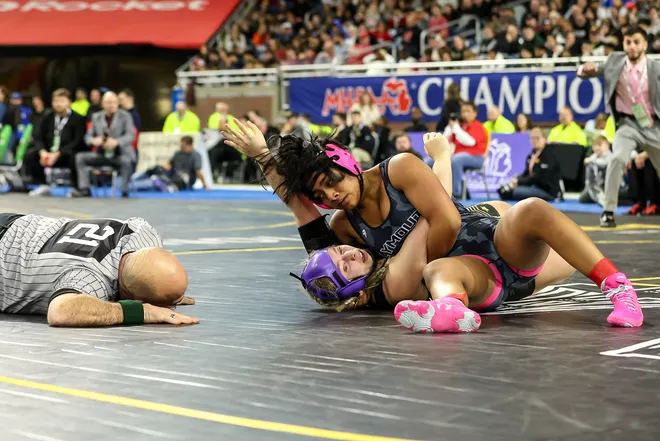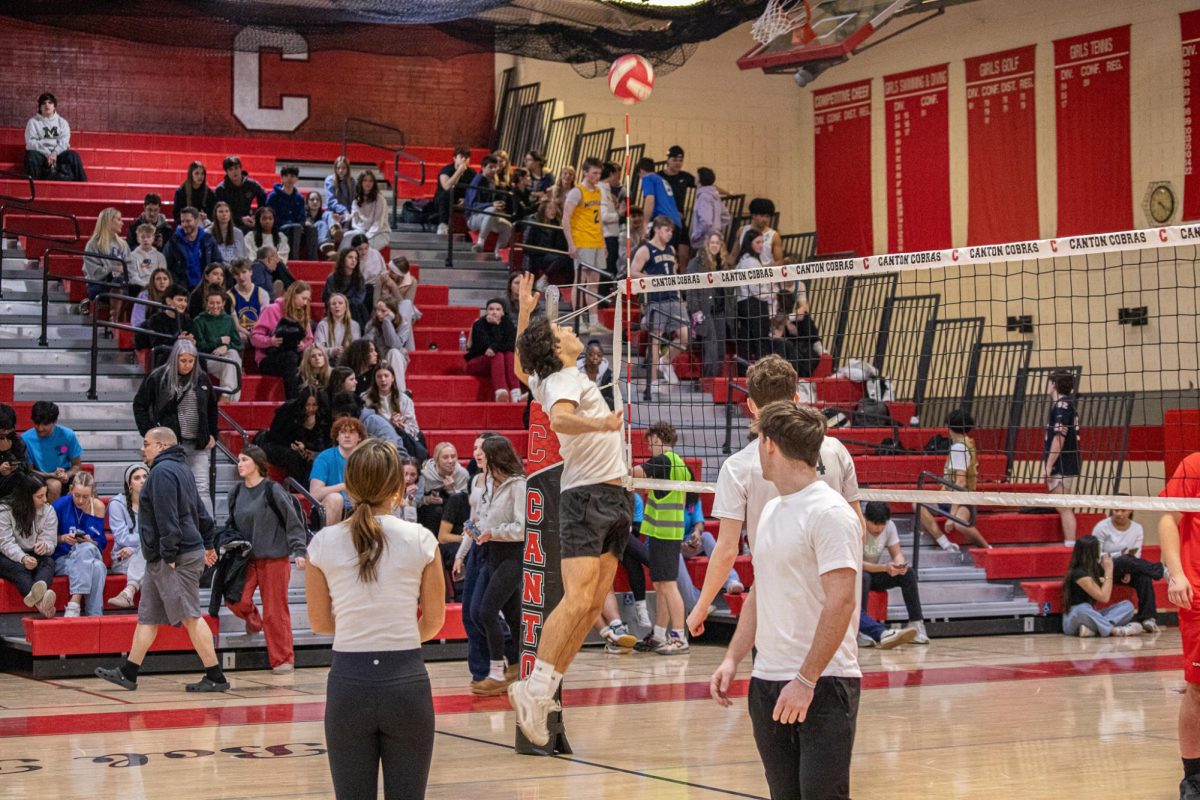Students in the Cognitive Impairments Program (CI) earning a certificate of completion from P-CEP exit the school bus and are welcomed by a PARClife staff member who is ready to walk everyone into the facility at PARC in downtown Plymouth.
This scene occurs weekly on Fridays with participating P-CEP students visiting bi-weekly in alternating groups.
The PARClife and P-CEP partnership, established in the 2024-25 school year, provides off campus learning opportunities at an Applied Behavior Analysis (ABA) therapy center for participating special needs high school students.
Ally Cirroco, the lead registered behavior technician at PARClife, says that PARClife provides compassionate ABA therapy for different age groups, including early learning, teens, tweens and young adults; plans are in the making to add a group for 26 years old and beyond. The nonprofit organization works on different communication, social and behavioral goals with their learners.
On a typical PARClife day, the students leave their classes after second hour and gather at Plymouth High School. They board buses that go to the PARC building only a few minutes away.

After they arrive, the students make their way to the second floor of PARC to PARClife. The students are divided into two groups, alternating between the Relax Room and Art Room.
In the Relax Room, students determine a number of goals during each visit. They sit in a circle and the PARClife staff asks what each student wants to work on that day. On this day, some students said they wanted to work on the goals of greeting people, giving compliments and crossing roads safely.

As a part of the ABA therapy, PARClife uses video modeling to train students. The students watch a video of one isolated instruction to perform during the course of the day. They then practice the instruction.
Ainsley McNamrar, a speech pathologist, explained how video modeling showcases the specific communication or behavioral skill in focus for the week. “So they do their video modeling. And recently, it’s been saying ‘Hi’ to somebody, complimenting them, [and seeing] who’s starting a conversation.”
Video modeling is unique to PARClife. According to Cirocco, many places don’t use video modeling with their ABA therapy.
While one group of students is doing the activity that is featured in the week’s video, another group is elsewhere doing an activity that incorporates ABA therapy. This could be the students determining a value they have and then drawing an animal that represents that value.
At lunchtime the students get time to talk to each other. McNamrar said, “It’s kind of a little more like free to go sit where you want to sit, but you know, there’s still staff around that are trying to facilitate conversations.”
Lindsay Kursa, a P-CEP teacher of one of the classes within the Cognitive Impairments Program who takes students to PARClife, said students enjoy interacting with the staff at PARClife. “There’s a lot of different workers that come in, so they can just socialize.”
The hope of the PARClife staff is that students feel comfortable at the program and sign up independently for other sessions so they’re able to make friends with peers, said Kursa.

A highlight of the program is the opportunity for students to spend time in downtown Plymouth. “If you learn [the skills] in school, maybe you only get to practice them in school,” said Kursa, “but learning them at PARClife, you can get to go into the community around the building, and talk to people that you’re not used to talking to and [practice] those skills. So [the skills are] learned across the board, not just in one area.”
Overall, the staff sees results. Kristene Bisinger, a parapro, noted the students’ improvement from participating in PARClife. “[The students are better at] communicating what they’re feeling or complimenting other people, and getting better about being out in the community.”








